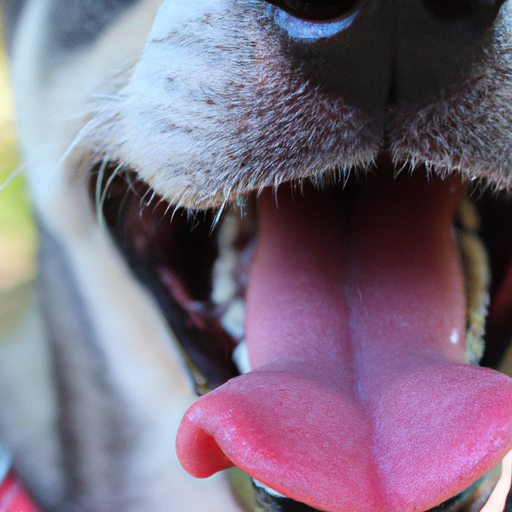Healthy gums are a sign of a healthy dog. As a caregiver, it’s crucial to know what to look for when checking your dog’s gums. You’re the first line of defense when it comes to their health, so let’s dive into the world of canine oral health.
H2: The Healthy Color of Dog’s Gums
The typical color of a healthy dog’s gums is a bubble-gum pink. However, the color can vary depending on the breed. Some dogs have pigmented gums, which means they might be black, grey or spotted.
To understand your dog’s normal gum color:
- Regularly check their gums
- Note the color variations
- Keep a record for future comparisons
H2: Changes in Gum Color
If you notice a deviation from the normal color, it could be a sign of a health issue. Here are some colors you might see and what they could indicate:
- Pale or white gums: This could be a sign of anemia or shock.
- Blue or purple gums: This might indicate a lack of oxygen.
- Bright red gums: This could be a sign of heatstroke or carbon monoxide poisoning.
- Yellow gums: This might suggest a liver problem.
H2: How to Check Your Dog’s Gums
Checking your dog’s gums should be a part of your regular grooming routine. Here’s a step-by-step guide on how to do it:
- Lift up your dog’s lips gently.
- Look at the color of the gums.
- Press your index finger against the gums until they turn white.
- Release and count how many seconds it takes for the color to return.
This is called the “capillary refill time” and it should ideally be 1-2 seconds.
H2: Other Signs of Oral Issues in Dogs
Apart from gum color, other indicators may point to oral health problems in dogs. These include:
- Bad breath
- Excessive drooling
- Loss of appetite
- Difficulty in eating
| Signs | Possible Causes |
|---|---|
| Bad breath | Gum disease, Tooth decay |
| Excessive drooling | Oral injury, Salivary gland problems |
| Loss of appetite | Tooth pain, Oral tumors |
| Difficulty in eating | Gum disease, Broken teeth |
H2: FAQ
Q: What should I do if my dog’s gum color changes?
A: Consult a vet immediately. Gum color changes can indicate serious health issues.
Q: How often should I check my dog’s gums?
A: Ideally, you should check your dog’s gums once a week.
Q: My dog has naturally dark gums. How can I check for changes?
A: Look for changes in texture or if the gums appear drier than usual. Also, check for any swelling.
Remember, you’re not just a pet owner, you’re a caregiver. Stay informed, stay vigilant, and keep those tails wagging!



